Canada Westinghouse unveils advanced reactor design that could provide nuclear power to areas with scarce water and need for heating.
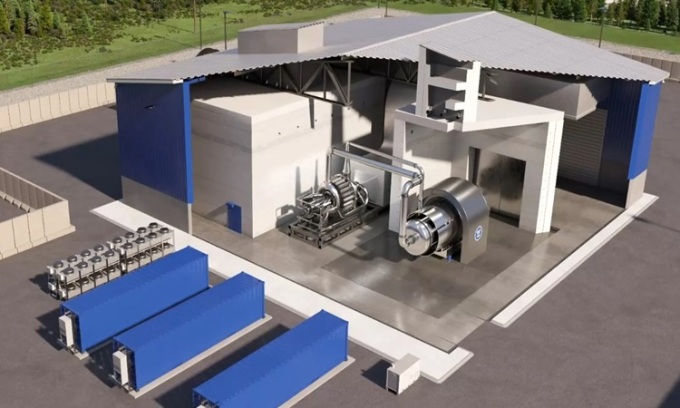
Westinghouse's microreactor model. Photo: Westinghouse
A new microreactor called eVinci developed by Westinghouse can operate without water, paving the way for the potential use of nuclear energy in remote locations where water is scarce. The first prototype will be launched in Saskatchewan, Canada, by the end of the decade, Interesting Engineering reported on December 26.
Unlike nuclear power plants, which take years to build and operate, microreactors offer a quick way to transport and install nuclear power generation facilities. As the name suggests, they are small enough to fit on a delivery truck or plane and move quickly to where the power is needed, whether for disaster relief or military use. However, most designs require water to transfer heat from the core to the steam turbine or to remove excess heat. What makes eVinci unique is that it uses no water at all in its operation.
Westinghouse achieved this by using “Heat Pipe” technology, which reduces the number of components needed in active systems. The company’s engineering team recently produced 12-foot-long heat pipes, eliminating the risk of high pressure or accidental coolant leaks that can occur with other designs. The company also uses a Passive Heat Rejection System (PHRS), which relies on radiation and convection heat exchange to remove all of the heat from the reactor core without operator intervention.
In addition to being transportable, the eVinci is easy to install and requires minimal disruption to existing infrastructure. The reactor can be combined with renewable energy sources such as wind and solar power, and connected to the grid. The heat removed from the reactor can be used for heating or industrial applications, depending on the operating environment.
Westinghouse uses TRISO fuel in eVinci, which is more resistant to corrosion, oxidation and high temperatures than traditional nuclear fuel. The microreactor does not need to be refueled, can operate for more than eight years, produces 5 MW of power and reduces CO2 by 55,000 tons per year.
Once the reactor runs out of fuel, the operator can move it to a disposal site and replace it with another one to continue operating on site, similar to a battery pack. The microreactor is equipped with a shut-down mechanism for use during transport to increase safety. Earlier this November, the Saskatchewan Research Council (SRC) approved a $59 million project to build Canada’s first microreactor. The facility is expected to be operational by 2029.
An Khang (According to Interesting Engineering )
Source link


![[Photo] National Assembly Chairman Tran Thanh Man meets with Thai Prime Minister Paetongtarn Shinawatra](https://vphoto.vietnam.vn/thumb/1200x675/vietnam/resource/IMAGE/2025/5/15/e71160b1572a457395f2816d84a18b45)


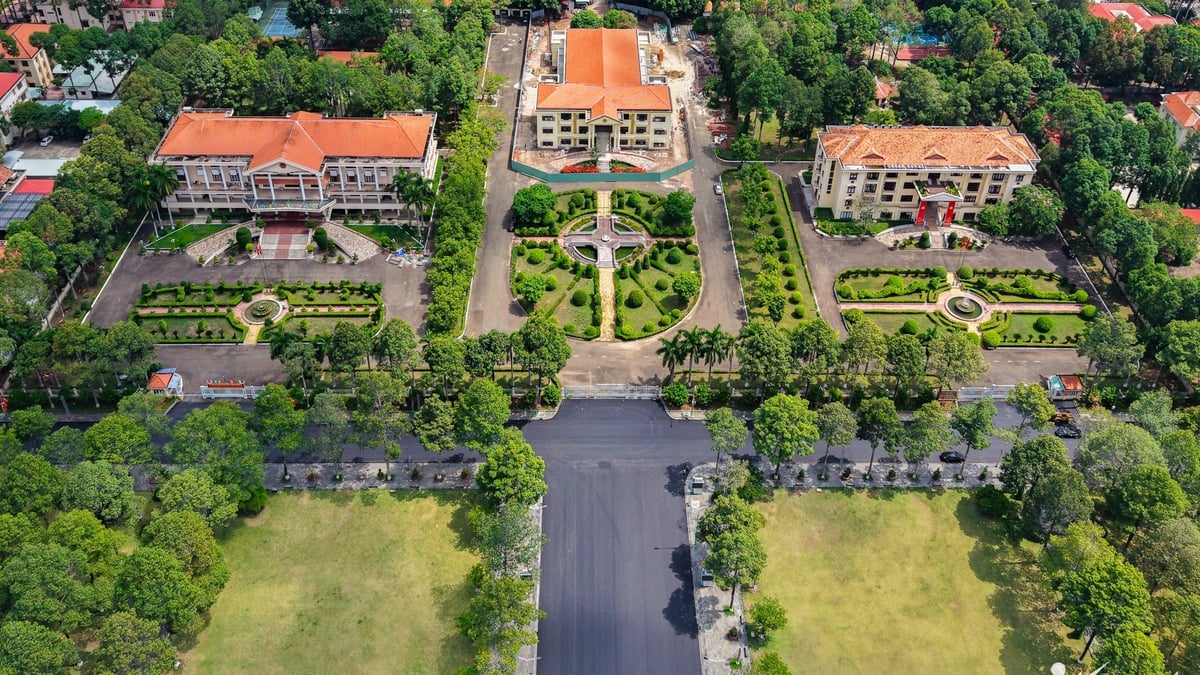

![[Photo] Prime Ministers of Vietnam and Thailand visit the Exhibition of traditional handicraft products](https://vphoto.vietnam.vn/thumb/1200x675/vietnam/resource/IMAGE/2025/5/15/6cfcd1c23b3e4a238b7fcf93c91a65dd)


















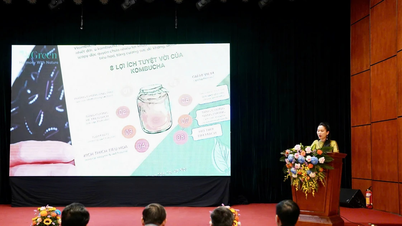

![[Video] Solutions to support businesses in digital transformation on the Business Portal](https://vphoto.vietnam.vn/thumb/402x226/vietnam/resource/IMAGE/2025/5/15/fee29cfb3a534b4e95037e0b2a4391a6)















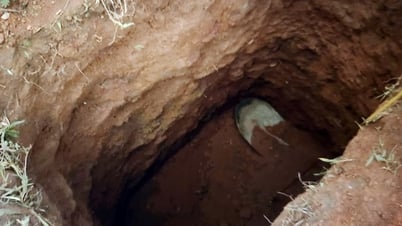



















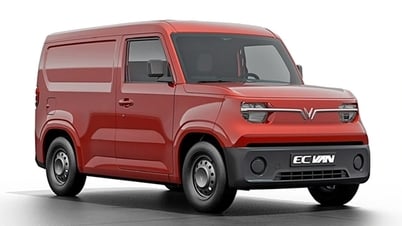






































Comment (0)